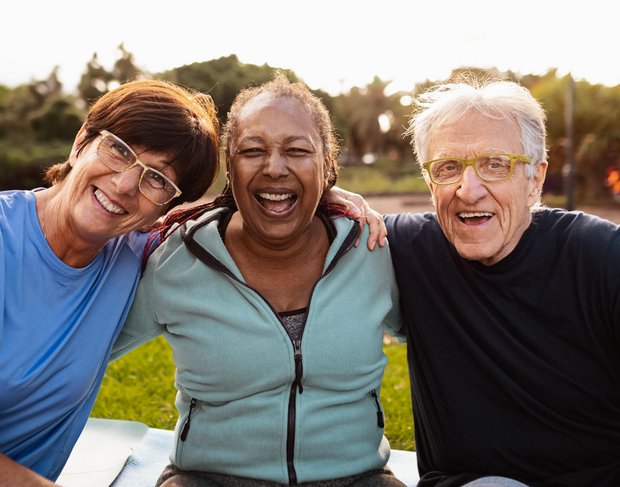Patient Advisory Board
The STOPSTORM Patient Advisory Board (PAB) supports and advises the clinicians during the entire period of the STOPSTORM project. In addition, the PAB provides input, among other things concerning patient information materials and patient communication. Throughout the project, the PAB is continuously updated on the project’s progress and results, and gives input and advice. The members are also in close contact with the researchers who focus on the ethical aspects of delivering STAR. Board membership is always voluntary.
If you are interested in participating, we set up an introduction call to learn more about you and your background, as well as discuss the role in more detail.
We are in need for more candidates for the PAB!
What does the PAB do?
- Advise on patient´s perspective.
- Co-create/ develop informational materials for patients.
- Advise on dissemination material for patients.
- Proofreading informed consent forms.
- Testing questionnaires.
- Provide feedback on results´ by PAB.
- Provide input and advice on projects progress.
- Participate in discussions and meetings.
- Provide active involvement in registry of the study.
- Provide patients-focused expertise of STAR treatment and the registration into the STOPSTORM registry.
- Participate in regular information and data exchange, through dedicated training events and knowledge exchange within the consortium.
- Provide perspective on legal issues on the innovative medical intervention.
- Regular information and data exchange within the consortium, including the External Advisory Board (EAB) and the Ethical Board (EB), supported by dedicated training events and active knowledge exchange through the web portal and web-based tools.
Who we are.
Here, we proudly introduce our members of the STOPSTORM Patient Advisory Board. Their personal experiences and insights help shape our work, ensuring that the patient perspective remains at the forefront. Get to know the dedicated individuals behind our advisory board and discover how their contributions are making a difference in the research and care for heart disease patients.
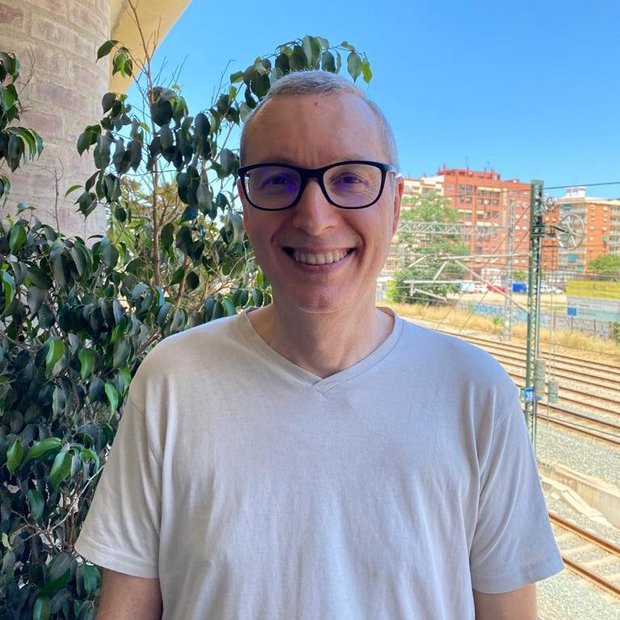
Buenos días Juan Carlos!
Life gives other opportunities and from there new motivations, challenges and goals are generated.
My name is Juan Carlos Niembro Cerdá and I was born 52 years ago in the town of Vallada (Valencia, Spain). Here I spent my childhood with my family and friends and finished my first studies. Hereafter I had to leave my town to continue studying until I finished my law training in the city of Valencia. Nowadays I live here with my wife and daughters, although I continue to return frequently to my hometown from time to time to see my parents, the rest of family and friends.
Municipal issues related to local development have marked my professional experience for 25 years. Nowadays I work in a supra-municipal entity at the regional level on issues related mainly to European projects on the environment and renewable energies or regional projects on historical memory and trade. I am a lover of reading and sports, some of which I have practiced throughout my life. Currently walking and simple swimming exercises have become my main physical activity. Though adapted to my age and to my heart.
Music is another of my basic hobbies that I have been cultivating over the years, with an eclectic taste related to the genres of jazz, traditional music, rock, etc. Life gives other opportunities and from there new motivations, challenges and goals are generated, such as continuing to learn and enjoy things, life, family and friends.
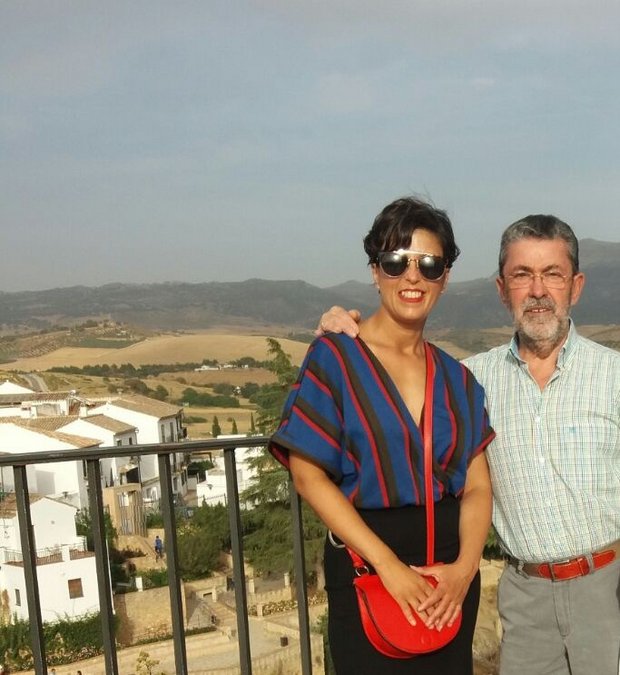
A Tribute to José María
We are deeply saddened by the passing of José María. His daughter Veva, who had already taken on the executive role due to José’s health, will continue to represent him and their shared voice in the Patient Advisory Board.
My father, José María had a congenital heart disease and ventricular tachcardias have been really harmful to his heart. When he was 65 years (July 2011) he had his first VT. As a result, an ICD was implanted.
After that and with medication, he did not suffer any more VT until summer 2022 when he had two times a VT in a week.
In October 2022 he had an ablation operation. A week after the operation, my father had two more VT in a row. Therefore, ablation did not work and, what is worse, my father’s heart seriously worsened. His cardiologist decided to go for the new treatment, STAR.
The radiation therapist explained us every little detail of this treatment and we accepted. Both, the cardiologist, and the radiation therapist worked really hard to have everything ready for the treatment as soon as possible. Ten days after the ablation, the radiation treatment was done (October 2022). My father has not had any more VT or side effects so far!
We would like to thank the doctors at the Hospital Clínico San Carlos in Madrid for their dedication and professionalism. We are so grateful for all the support we received during those days that if our experience helps other people, it would be a pleasure!
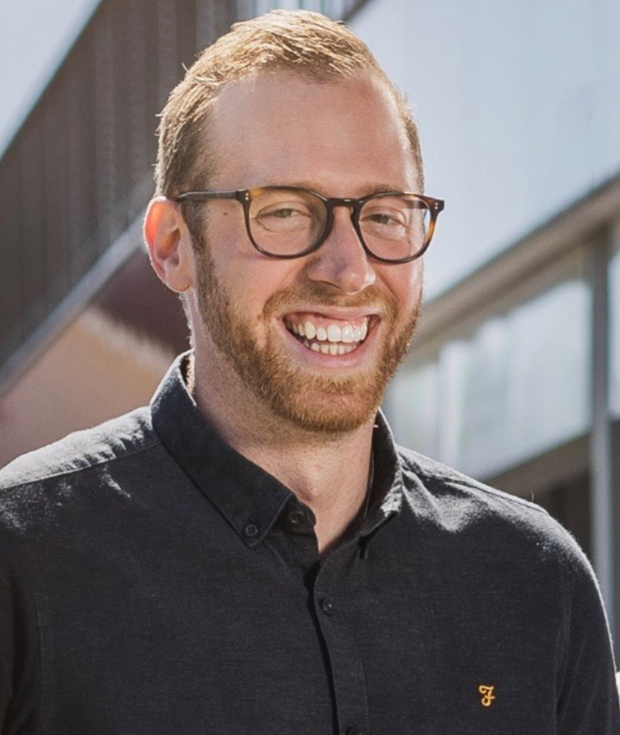
Grüezi und herzlich willkommen, Fabrice.
For me, as a very young heartpatient I want to share my experiences with you, and I hope you can get a benefit from my story.
My name is Fabrice Barmet and I am 30 years old (1992) I was born and raised in Zug, Switzerland. My first heart attack I suffered when I was 26 years in a physical training. At this time I was playing hockey on a high level. As a consequence, I did receive an ICD. The first 5 years everything went without any problems, I was playing hockey again and did lots of sports. I had no limitation. In Summer 2021 I have had my first shocks after VTs. We decided to do the first ablation (endocardial) in August 21 at USZ Zürich. It was good for almost three months, in October I had some other VTs with ICD shocks. Because of the Corona situation I received the second ablation in the beginning of March 22. At this time it was an epicardial, which was more difficult. Since that no more VT’s occured. After a helpful rehab at Balgrist Zurich, I feel now very good, doing lots of sports like skiing and biking again. For me, as a very young heartpatient I want to share my experiences with you, and I hope you can get a benefit from my story.
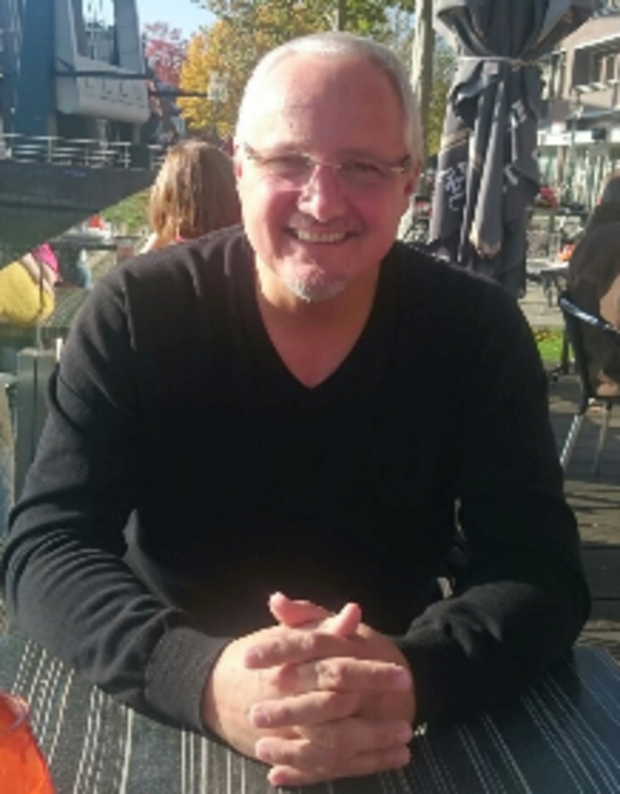
Leuk dat je erbij bent, Dick.
After several meetings with my cardiologist and radiation therapist from the AMC hospital in Amsterdam we decided to go for the new treatment, STAR.
My name is Dick Enge and I am 55 years. I was born and raised in the province Noord Holland in The Netherlands. In July 2022 I am living for 36 years with my girlfriend. Till 1999 I was a real sporty man. I did soccer, squash (on a high level), speed swimming and waterpolo. Oct 1999 I get my first heart attack. It was strange to get on such young age this kind of problems. But research concluded that I had problems with DNA. For a long time everything went OK. But in Nov 2009 I got my second heart attack. And in February 2010 my thirtd heart attack. After the third heart attack, I got an open heart operation. And they gave me 4 bypasses. In July 2011 I got my first ventricular tachycardia and was in coma for a week. In August 2011 I got a ICD. Till 2018 everything went well. But from mid 2018 I get a lot of VT’s. Then there were 2 ablation operations but the VT’s were still coming. After several meetings with my cardiologist and radiation therapist from the AMC hospital in Amsterdam we decided to go for the new treatment, STAR. In dec 2020 the radiation treatment was done. In the first 6 months after the threatment there were some side effects and little complication. I am now 1,5 year further and the VT’s are (hopefully) gone. I am still taking a lot of medicine and we hope to phase out this also, in the near future. For all the bad things I had in the past I would give thanks to all the excellent doctors from the AMC hospital who helped me. Still going strong for the future…..
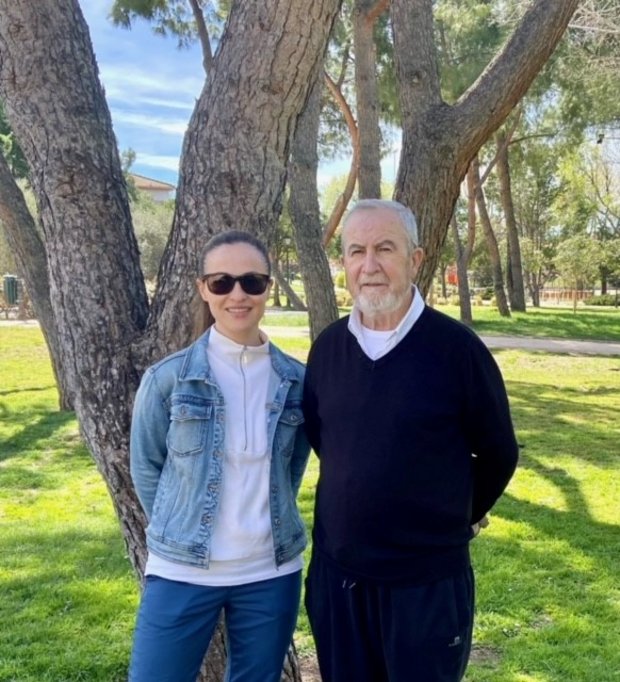
Manuel y Mara, bienvenido a STOPSTORM.
Since STAR treatment Manuel has not had any more tachycardia and is returning to his usual routine.
My name is Mara Cortés Sánchez, I was born in Madrid in 1986 (where I currently live) with my husband and daughter exactly two minutes walk from my parents' house. I finished my studies in Madrid and I am currently working in the city too. I am not a patient, but represent my father Manuel Sánchez Rey.
Manuel was born in Herencia, Ciudad Real in 1951, but my grandparents decided to come to Madrid in 1953. He finished his studies and shortly after acquired his taxi licence, with which he worked until his retirement due to permanent disability in 2009 caused by the stroke he suffered. Manuel suffered a heart attack in 2002, after the operation (aorto-coronary bypass with 4 bridges) he recovered his activity until 2009, when he suffered a stroke of cardioembolic origin. He was able to recover his mobility perfectly, but since then he has maintained aphasia (although he recovered enough to make himself understood with speech therapy sessions). In 2012, he suffered syncope due to severe ventricular dysfunction and extreme brachycardia, for which he was implanted with a ICD. He also participated in the ATMOSPHERE study (combination of drugs for heart failure). Manuel enjoyed an active and happy life in spite of everything. However, on 24 January 2023 he was admitted when he felt a slight dizziness. He was admitted to the coronary UCI and underwent his first catheter ablation on 30 January and the second on 1 February, where the origin of the tachycardia was found to be epicardial. He remained sedated and intubated until 10 February due to incessant ventricular tachycardia and arrhythmic storm. On 3 February he was given STAR treatment, the effect of which began to be felt 6 days later. Since then Manuel has not had any more tachycardia and is returning to his usual routine.
The motivation for participating in this project is to be able to help other patient’s in the same situation and to give back, in some way, all the effort, dedication and wonderful work done by all the professionals involved in the treatment. We are deeply grateful to the Cardiology and Radiotherapy units of the Hospital Clínico San Carlos for this new opportunity.

